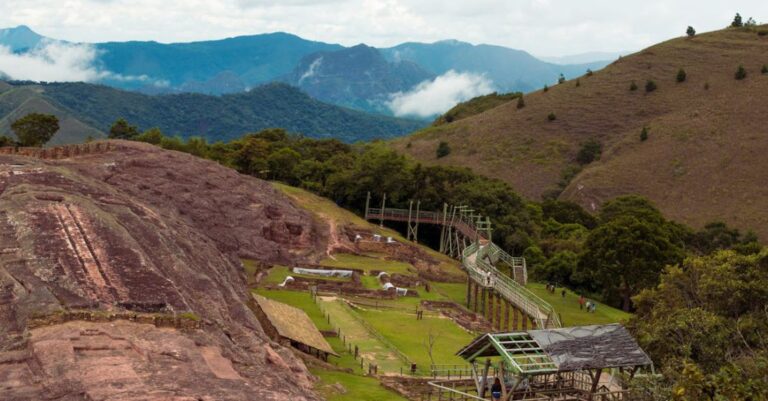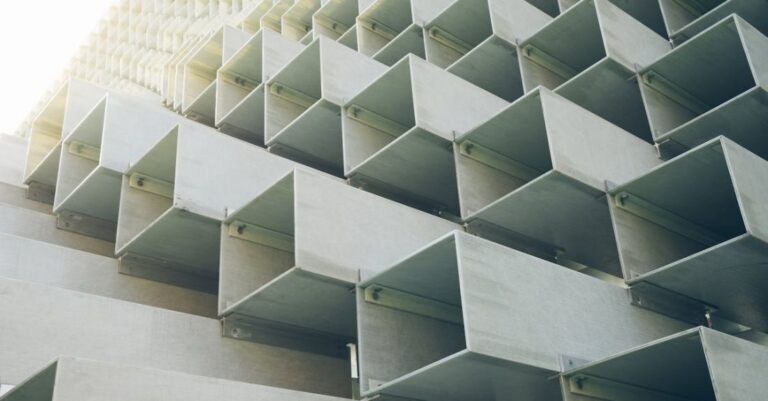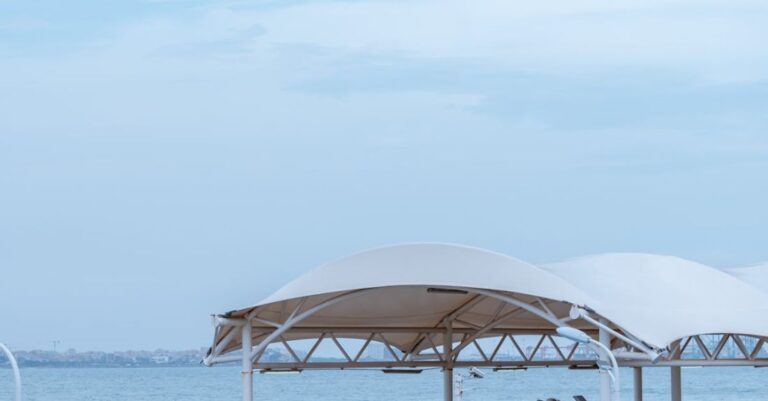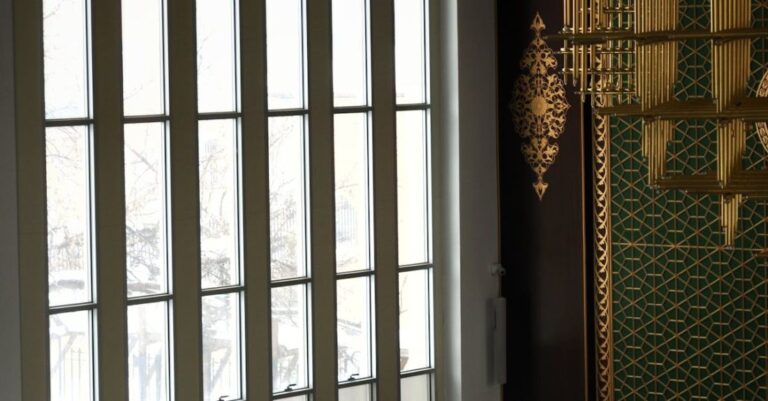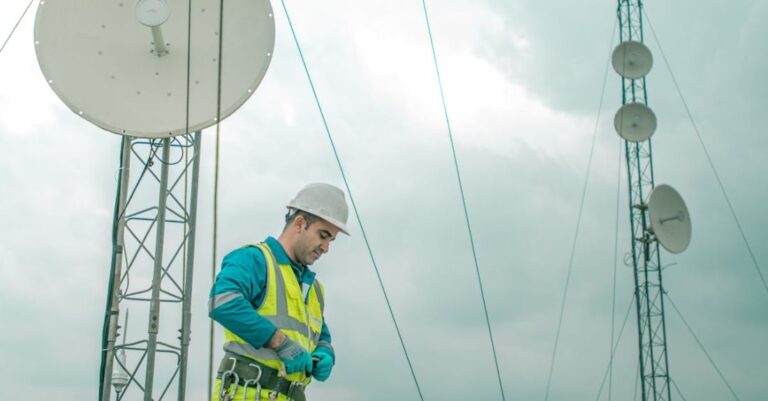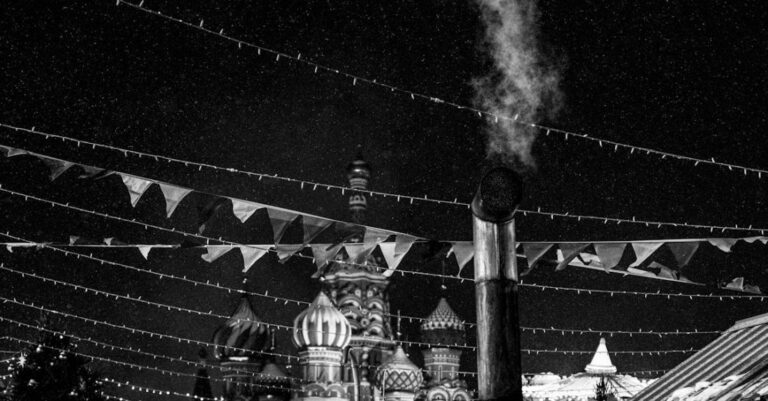
Art installations have long been a powerful medium for artists to convey their messages and provoke thought among viewers. Throughout history, there have been several art installations that have left a significant impact on the art world and society as a whole. These installations not only showcase the creativity and talent of the artists behind them but also shed light on important historical events and societal issues. In this article, we will explore some of the top art installations with historical significance that have captivated audiences around the world.
The Gates by Christo and Jeanne-Claude in Central Park, New York City
One of the most iconic art installations with historical significance is “The Gates” by the renowned artist duo Christo and Jeanne-Claude. Erected in Central Park, New York City, in 2005, “The Gates” consisted of 7,503 gates adorned with saffron-colored fabric panels that lined the park’s pathways. This installation was a testament to the artists’ vision of transforming public spaces and bringing communities together through art.
The choice of saffron fabric was not arbitrary; it symbolized warmth, love, and the sun, creating a striking visual contrast against the park’s winter landscape. The installation attracted millions of visitors and became a symbol of hope and unity in the aftermath of the 9/11 terrorist attacks. “The Gates” not only transformed Central Park into a vibrant work of art but also highlighted the power of art to uplift spirits and foster a sense of togetherness during challenging times.
The Berlin Wall Installation
Another art installation of historical significance is the transformation of the Berlin Wall into a canvas for artists following its fall in 1989. The Berlin Wall, which once divided East and West Germany during the Cold War, became a symbol of oppression and division. After its fall, artists from around the world flocked to Berlin to create murals and graffiti on the remaining sections of the wall, turning it into an open-air gallery of political and social commentary.
These artworks served as a poignant reminder of the struggles faced by those living under oppressive regimes and the resilience of the human spirit in the face of adversity. The Berlin Wall installation not only commemorated a significant moment in history but also gave a voice to the oppressed and marginalized through the power of art.
Ai Weiwei’s Sunflower Seeds at Tate Modern, London
Ai Weiwei, a prominent Chinese artist and activist, created the art installation “Sunflower Seeds” at the Tate Modern in London in 2010. The installation consisted of millions of handcrafted porcelain sunflower seeds spread across the museum’s Turbine Hall, inviting visitors to contemplate themes of individuality, mass production, and political dissent.
Each sunflower seed was meticulously hand-painted by artisans in China, reflecting the artist’s commitment to traditional craftsmanship and attention to detail. The sheer volume of seeds in the installation emphasized the collective power of individuals coming together to effect change and challenge authority. “Sunflower Seeds” not only showcased Ai Weiwei’s artistic prowess but also sparked conversations about freedom of expression and the role of art in challenging social norms.
Wrapping Up: Art Installations as Historical Testaments
In conclusion, art installations have the unique ability to transcend boundaries and communicate complex ideas in a visually compelling manner. The top art installations mentioned above have not only left a lasting impression on viewers but have also played a crucial role in documenting historical events and societal issues. Whether through transforming public spaces, commemorating significant moments in history, or challenging oppressive regimes, these installations continue to inspire and provoke thought among audiences worldwide.
